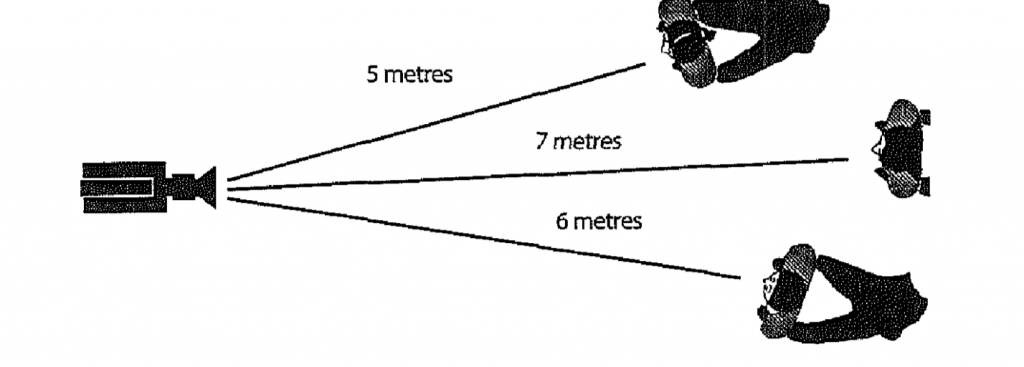Film/TV1 – Reflection 5, Question 2
Select from one of the readings from week 5, 6 or 7 and describe two points that you have taken from it. Points that excite you, something that was completely new to you.
The reading I’m going to be discussing come from week five.
The camera (extract), Image control (extract). In Mollison, M. Producing videos, (p. 12-19, 25-38). 2nd ed. Crows Nest: Allen & Unwin, 2003.
A point that excites me:
Most of this information in the reading was pretty new to me, as the camera has been a foreign object to me for a long time. So this pretty much meant that most of the points raised were pretty exciting, as they were new and opened my mind up to possibilities!
One of the points raised that grabbed my attention was the idea of being able to focus on more than one subject. I know, pretty standard stuff we’re talking about, but for me, this is something that I’ve been wondering about
.
In relation to out short film as well, this was a point that I believed could come in handy, as there is a scene which will require the focusing on of more than one subject.
The reading using diagrams to suggests ways in order to achieve this:
As the reading instructs, in order to get both subjects in focus (the top and lower shades of black), as they are different lengths away from the camera, careful planning of the shot is required.
This means that planned shots will allow for smooth refocusing as the camera alternates from one subject to the next. If the two people were both 6 meters away from the camera, this would mean that they would have the same focus settings.
Same distance to subjects = same focus setting
Different distances to subjects = refocus for each subject.
The reading also makes note of knowing which way to turn the focus ring so that they shot of the second subject comes into focus quickly, opposed to suddenly dropping right out of focus.
A Point that is completely new to me:
As I’ve said, the majority of this information is pretty new and fresh to me, so I could almost paste the whole document into this section!
Gain is a word which is familiar to me due to the use of it within class and lectures. I always thought I understood it, but after reading this, I have obviously been getting it wrong. So while the word gain isn’t completely new to me, I’m talking about it in this section because i’ve acquired a completely new understanding of it.
The reading explains Gain as the setting which “allows the camera to electronically boost the brightness level of the signal it’s processing.” (19). This is done internally, with no additional light, creating a much more acceptable picture.
As the reading explains, there is a downside to using the Gain setting. The “…picture will look brannier and it won’t copy or edit very well”. An interesting matter to keep in mind for us, since we will be shooting our short film in dull lighting.
Before boosting the gain, the reading suggests to make sure that you are on the largest available aperture, and not accidentally on high speed shutter (19).
Also included in the document is the standard gain settings. These are;

